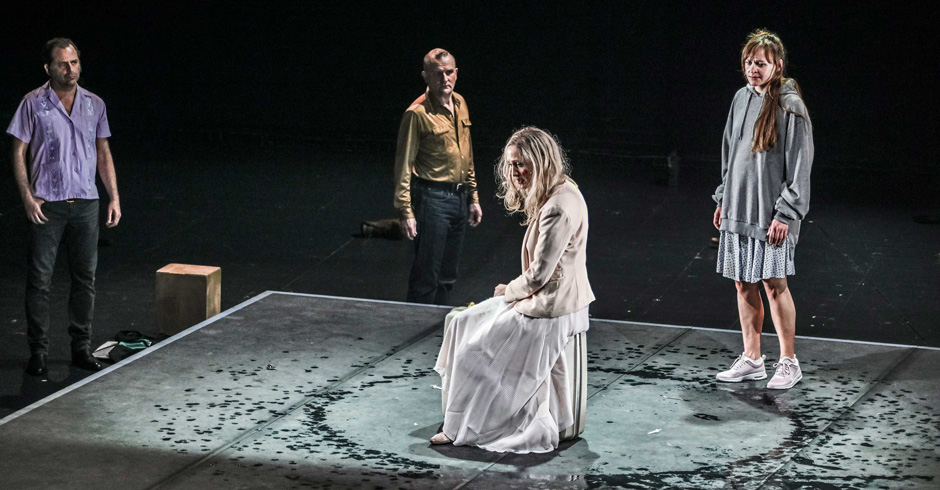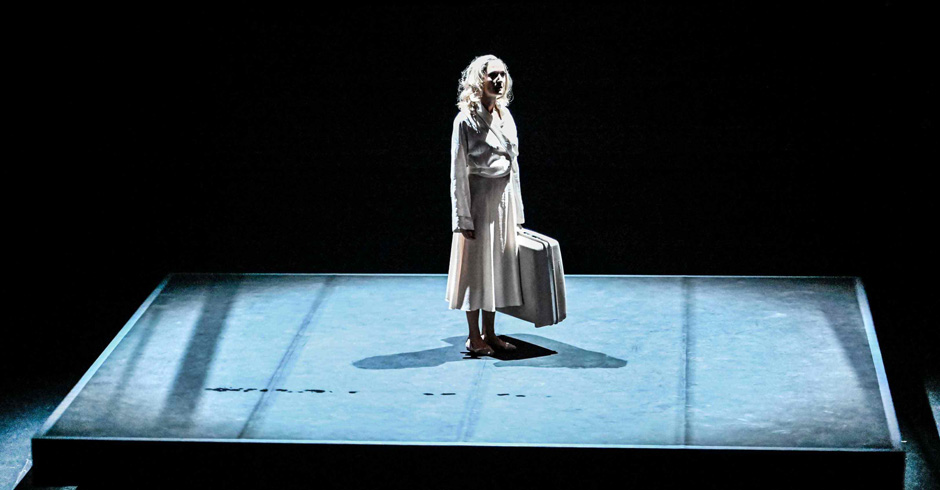
A Streetcar Named Desire
Blanche dreads the truth as much as bright light, which shows up the lines on her delicately beautiful, aging face. She escapes bitter reality – the family estate has melted away under her stewardship, she has lost her job and succumbed to alcohol – by going to stay with her sister, Stella. Although she thus has a place to live, her brother-in-law Stanley’s coarse, grasping character is incompatible with her sensitive, deluded view of the world. Blanche becomes unstable. Meeting a friend of Stanley’s offers her a glimmer of hope, but when he drops her, this last humiliation makes her lose her mind. She is approaching the end of the line. The American author Tennessee Williams wrote the play with the newly emerging working class in mind – which was superseding the decaying upper echelons of the American South. The socially critical piece, which was premièred in German at the Schauspielhaus Zürich in 1949, was one of the author’s greatest successes. Bastian Kraft most recently directed “Homo faber” and “Buddenbrooks” at the Pfauen.
- Direction
- Bastian Kraft
- Set Designer
- Costume Designer
- Sabin Fleck
- Sound
- Arthur Fussy
- Video
- Jonas Link
- Dramaturg
- Karolin Trachte
- Lighting Designer
- Michel Güntert
- Assistant Director
- Marco Milling
- Assistant Stage Designer
- Natascha Leonie Simons
- Assistant Costume Designer
- Liv Senn
- Stage Manager
- Dagmar Renfer
- Prompter
- Katja Weppler
- Internship Direction
- Nina Wyss
- Literary Internship
- Vera Zimmermann
Image gallery & Videos



















